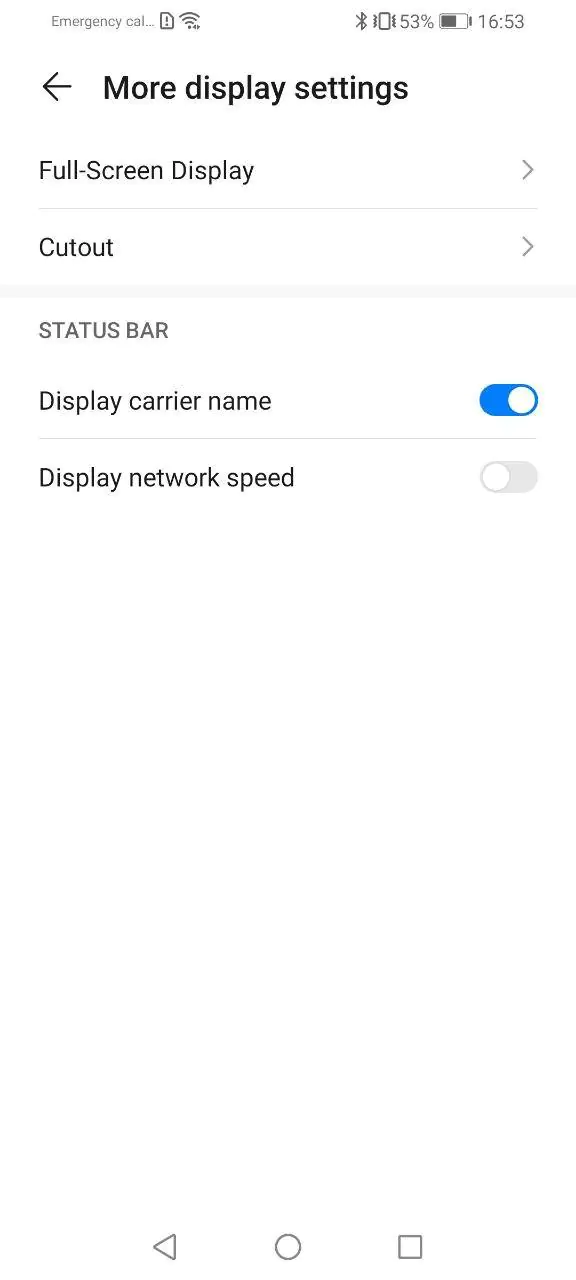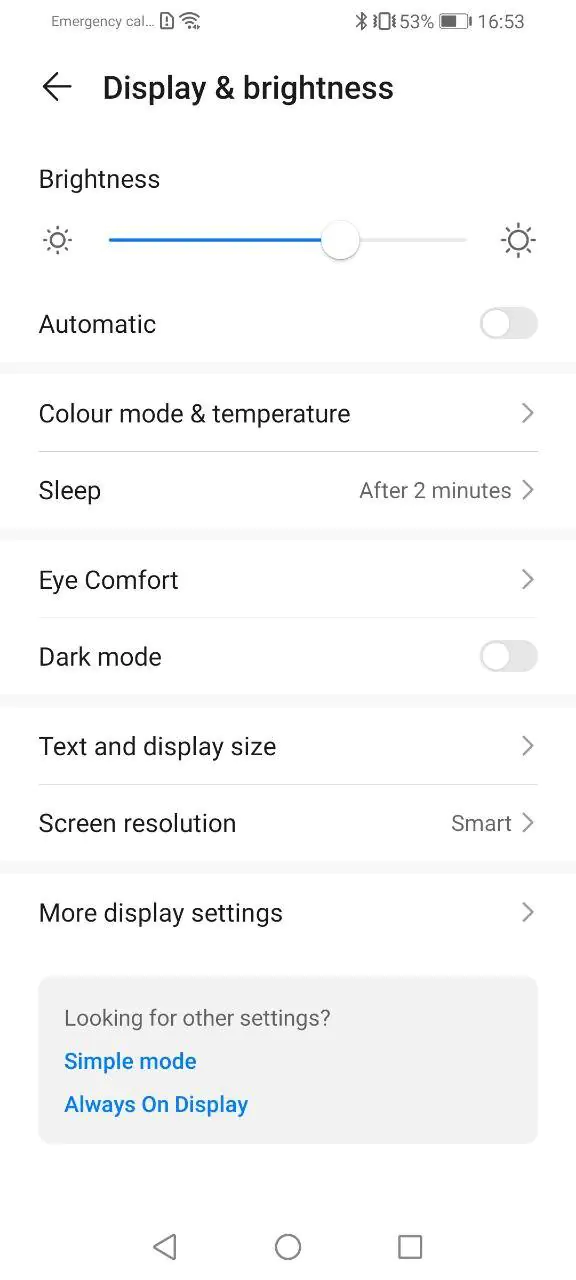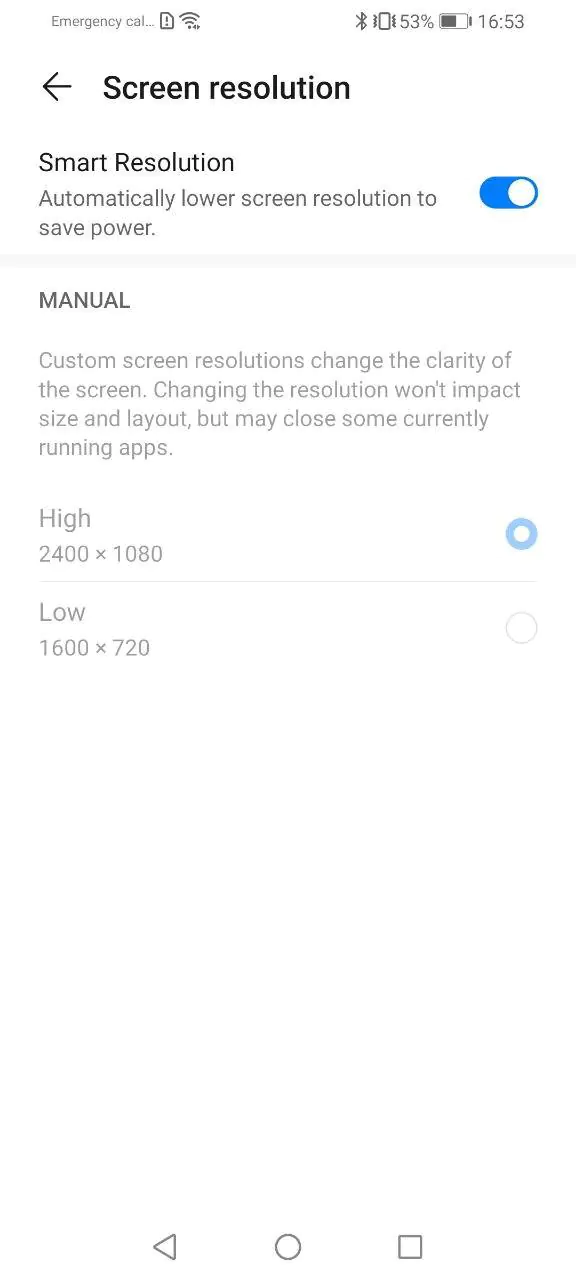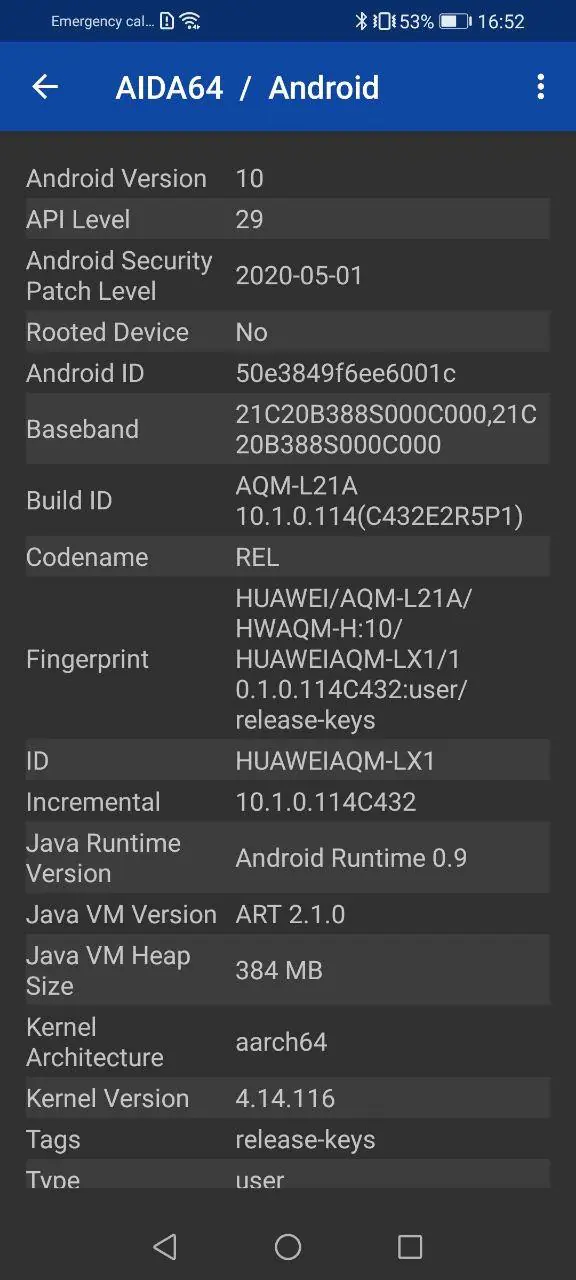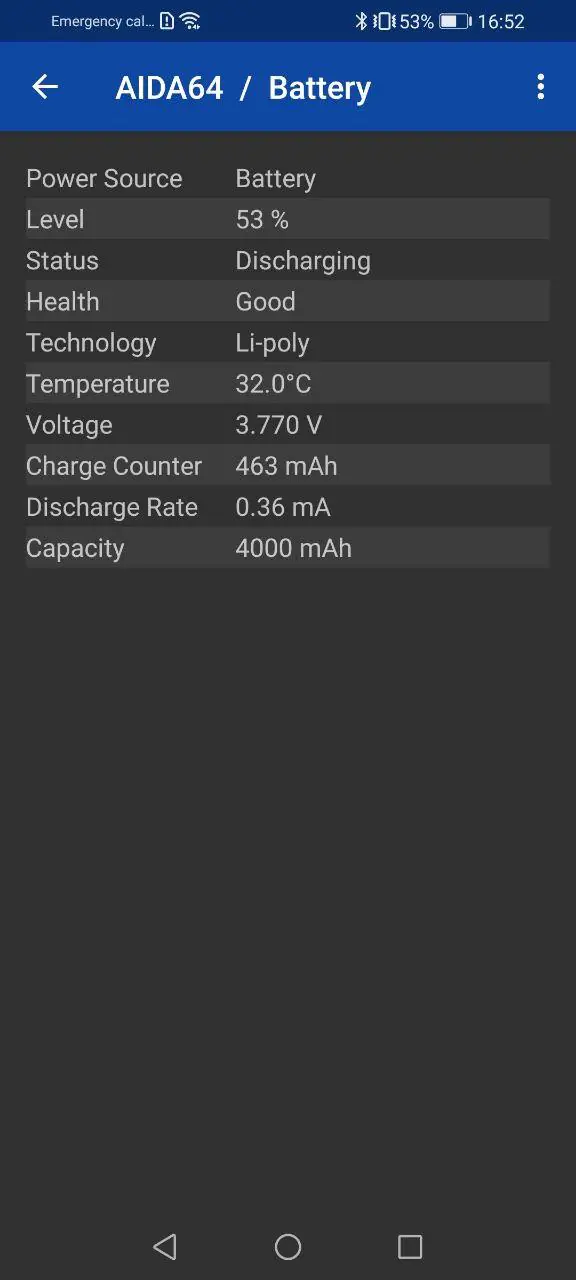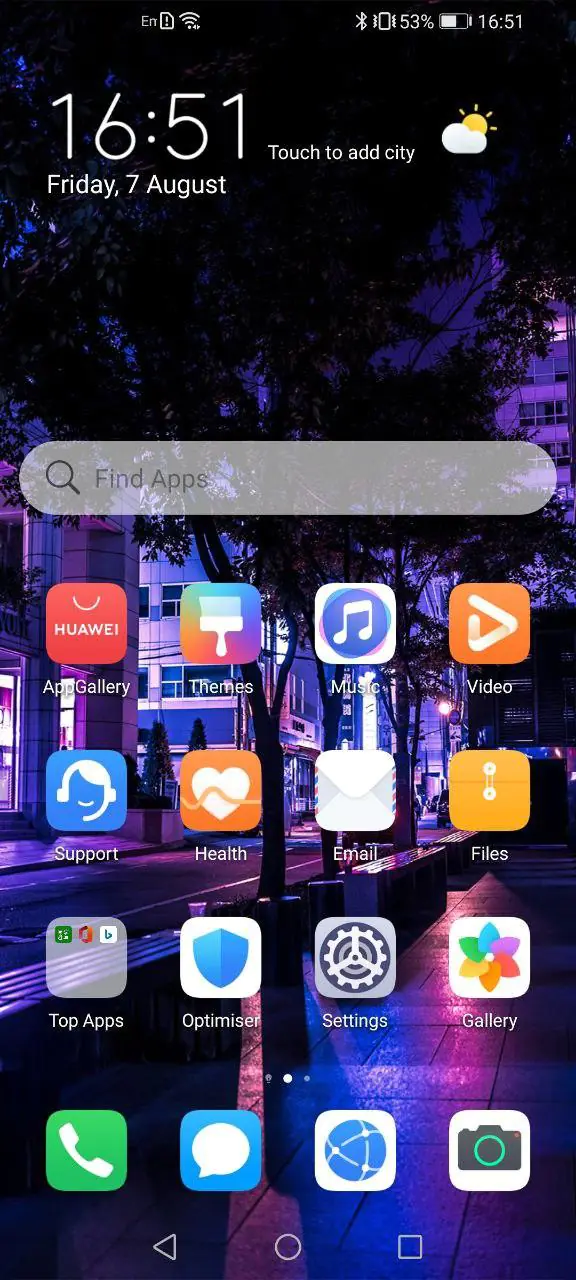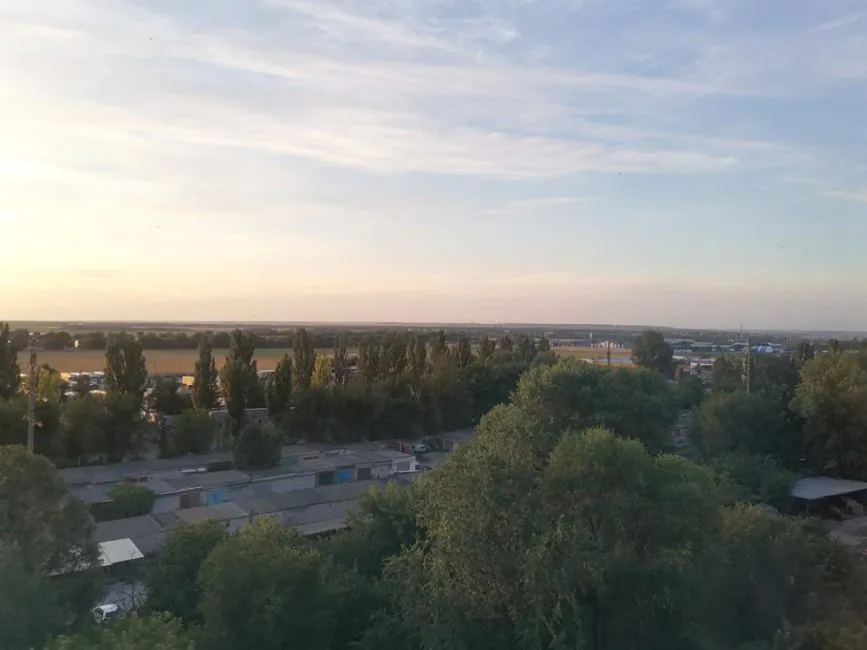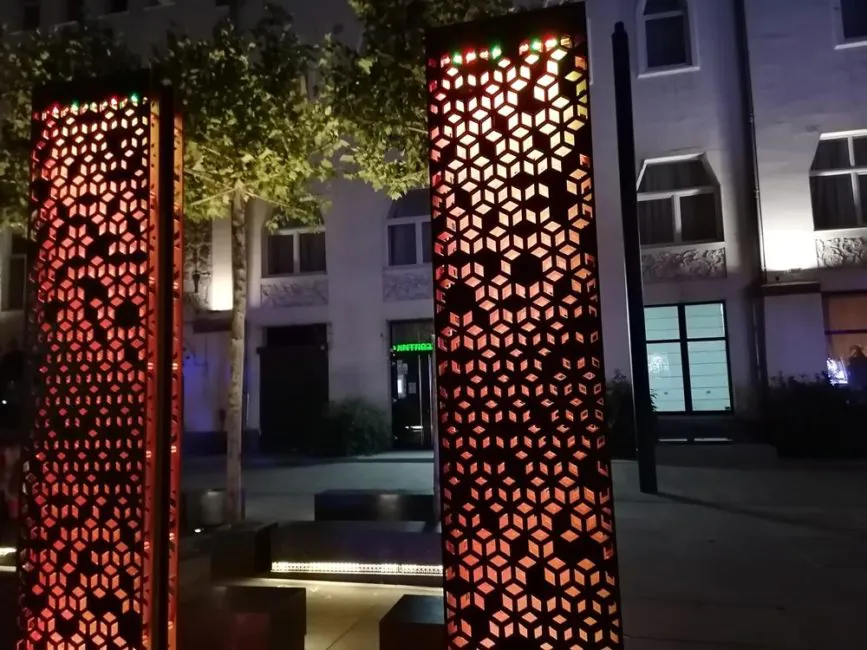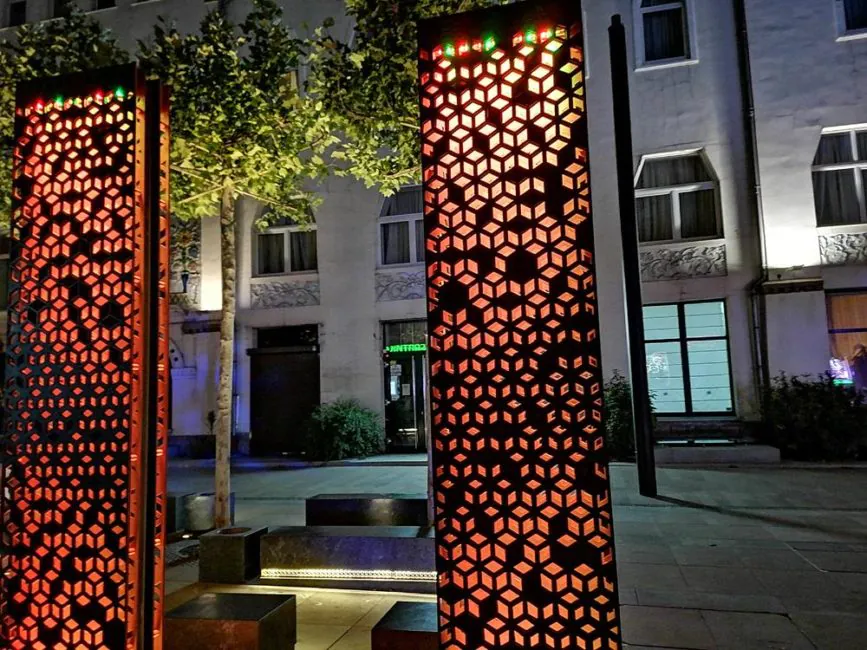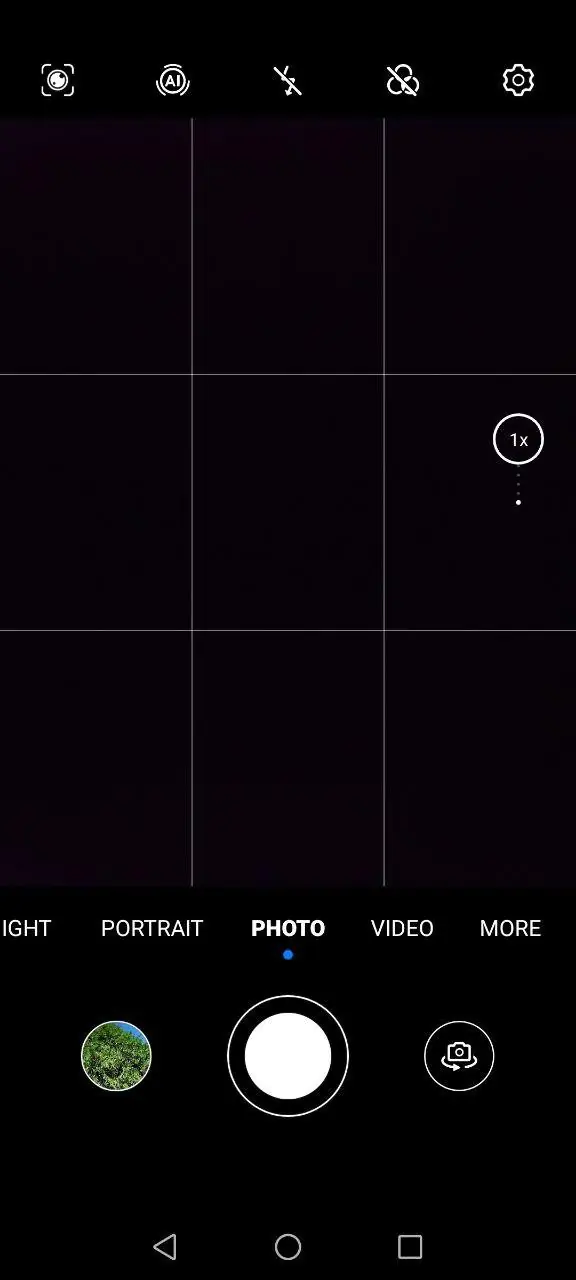© ROOT-NATION.com - Use of content is permitted with a backlink.
The Huawei P smart S is a new smartphone in the mid-range price range. The smartphone has interesting features, and its price remains very affordable.
Right now Huawei finds itself in a tough situation, which, however, does not prevent it from continuing to produce smartphones. Despite neither sanctions nor the economic crisis due to the pandemic. No matter what. How are they managing it? Let’s try and find out with the help of the Huawei P smart S.
Positioning and price
The Huawei P smart S isn’t exactly a new device. The smartphone from the P smart line is a reimagining, or, if you prefer, a rebranding of Huawei Enjoy 10s, which entered the Chinese market at the end of last year. It was under the name P smart S that the device began its expansion in Europe and other countries.

The smartphone belongs in the mid-budget price segment, it costs about $210 and up to $232. Naturally, there are enough offers in this price segment. For example, Vivo Y30, Samsung Galaxy A31, realme 6, Motorola One for fans of “pure” Android, Redmi Note 9S… The list goes on. But, in my opinion, if you look at the characteristics and the price tag, Huawei P smart S looks like a much more balanced and attractive option. Except for one thing which you probably already know.
Huawei P smart S
| NETWORK | Technology | GSM / HSPA / LTE |
|---|
| LAUNCH | Announced | 2020, June 09 |
|---|---|---|
| Status | Available. Released 2020, June 09 |
| BODY | Dimensions | 157.4 x 73.2 x 7.8 mm (6.20 x 2.88 x 0.31 in) |
|---|---|---|
| Weight | 163 g (5.75 oz) | |
| SIM | Hybrid Dual SIM (Nano-SIM, dual stand-by) |
| DISPLAY | Type | OLED capacitive touchscreen, 16M colors |
|---|---|---|
| Size | 6.3 inches, 95.8 cm2 (~83.2% screen-to-body ratio) | |
| Resolution | 1080 x 2400 pixels, 20:9 ratio (~418 ppi density) |
| PLATFORM | OS | Android 10, EMUI 10.1, no Google Play Services |
|---|---|---|
| Chipset | Kirin 710F (12 nm) | |
| CPU | Octa-core (4×2.2 GHz Cortex-A73 & 4×1.7 GHz Cortex-A53) | |
| GPU | Mali-G51 MP4 |
| MEMORY | Card slot | NM (Nano Memory), up to 256GB (uses shared SIM slot) |
|---|---|---|
| Internal | 128GB 4GB RAM |
| MAIN CAMERA | Triple | 48 MP, f/1.8, 27mm (wide), 1/2.0″, 0.8µm, PDAF 8 MP, f/2.4, 120˚ (ultrawide) 2 MP, f/2.4, (depth) |
|---|---|---|
| Features | LED flash, HDR, panorama | |
| Video | 1080p@30fps |
| SELFIE CAMERA | Single | 16 MP, f/2.0 |
|---|---|---|
| Features | HDR | |
| Video | 1080p@30fps |
| SOUND | Loudspeaker | Yes |
|---|---|---|
| 3.5mm jack | Yes |
| COMMS | WLAN | Wi-Fi 802.11 a/b/g/n/ac, dual-band, Wi-Fi Direct, hotspot |
|---|---|---|
| Bluetooth | 5.0, A2DP, LE | |
| GPS | Yes, with A-GPS, GLONASS, BDS | |
| NFC | Yes | |
| Radio | FM radio | |
| USB | 2.0, Type-C 1.0 reversible connector, USB On-The-Go |
| FEATURES | Sensors | Fingerprint (under display, optical), accelerometer, proximity, compass |
|---|
| BATTERY | Non-removable Li-Po 4000 mAh battery | |
|---|---|---|
| Charging | Charging 10W |
| MISC | Colors | Breathing Crystal, Midnight Black |
|---|
What’s in the box
In the test device, which I got for review, the package is basic: a smartphone with a protective film already glued on, a charger, a USB-USB Type-C cable and a SIM card eject tool. On the official website there is information that the phone can be accompanied with a protective case.
Read also: Huawei MatePad T8 review – Affordable 8-inch tablet
Design, materials and ergonomics
The appearance of the P smart S isn’t exactly interesting – we have already seen all this somewhere. The body here is plastic, and the back panel has a boring gradient color. But for a relatively inexpensive device, this is perfectly acceptable.
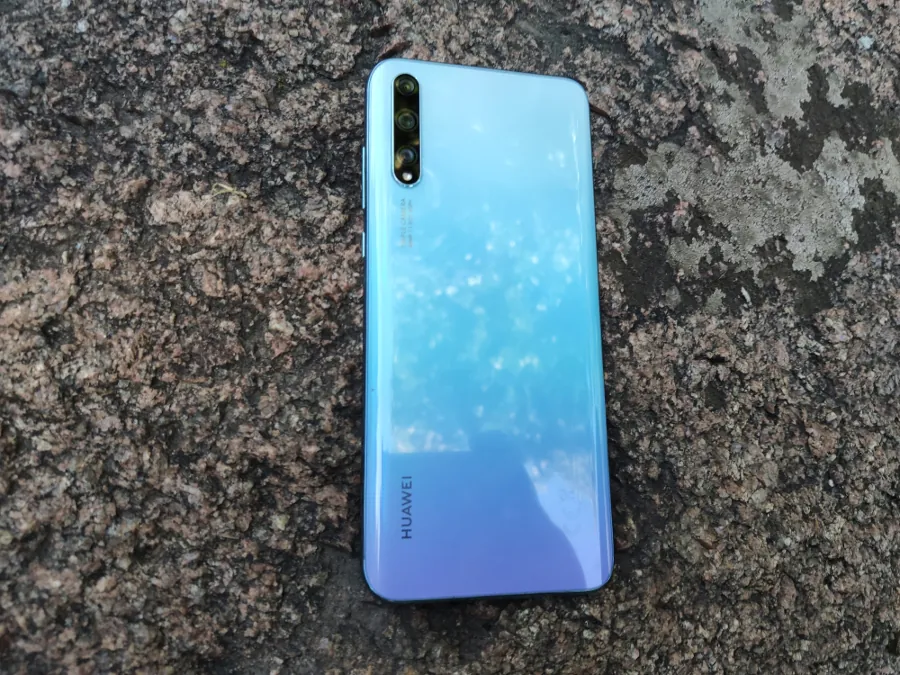
At the back, the sides have slight curves, which has a beneficial effect not only on visual perception, but also on a comfortable grip. Thanks to its small width, the smartphone fits comfortably in the palm of your hand. Reaching the opposite corner diagonally is, of course, unrealistic, but the main elements (like the unlock button and the optical fingerprint scanner) are located so that you can easily reach them.

In the upper left corner at the back it is difficult not to notice the elongated camera block with flash, and under it, in the lower corner, the company logo. The camera rises slightly above the body, which is why you can tap out the simplest melodies with a smartphone lying on a horizontal surface. However, this issue can be solved with a protective case.

The front panel, of course, is occupied by a screen with a teardrop-shaped notch. The bezels around the screen are the usual size: not large, albeit not the smallest, and only the “chin”, with its massiveness, stands out. The edges here are also plastic, but painted in gray-blue metallic, in the main tone of the smartphone. In general, the materials and the build quality are, as always, excellent.
Elements configuration
The arrangement of the main elements is also not surprising. Everything is the usual places.
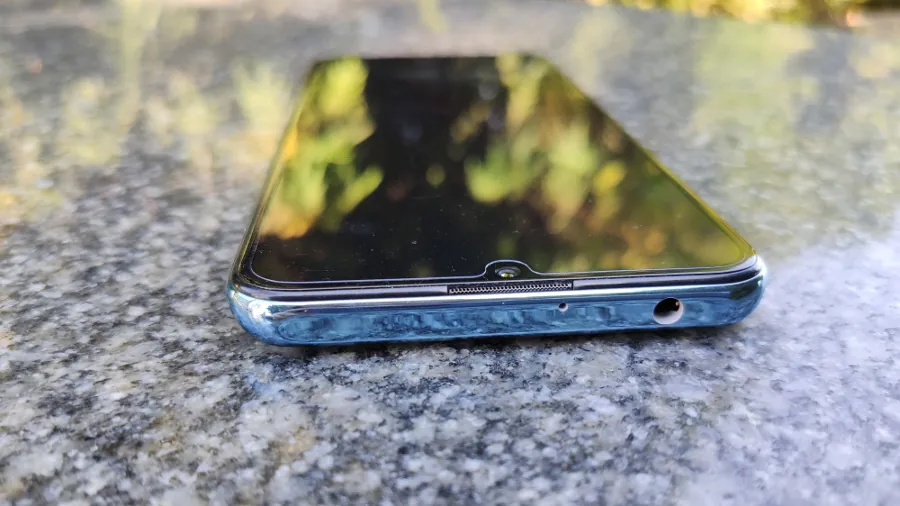
At the top we have a 3.5 mm audio jack and a microphone hole, on the opposite side there is a Type-C charging connector, an external speaker and another microphone.

To the left of the display there is a slot for SIM cards and memory cards. The slot here is hybrid, so you have to choose between the second SIM card and microSD. On the other hand, there is 128 GB of storage, which is plenty for most people. The right side traditionally houses the power button and volume buttons.
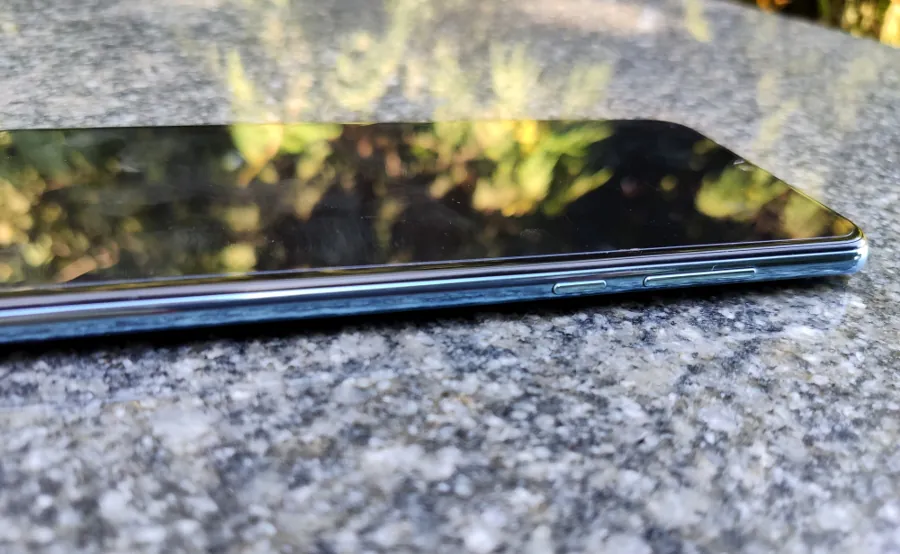
In addition to the display and the teardrop-shaped notch, at the junction of the screen and the top edge you can see the speaker grille. The light and proximity sensors should also be located somewhere here, but they are like gophers – they are not visible, but they are there.
Generally, using the smartphone is convenient. The controls are literally under the fingers, the device does not strive to fall out of the hands, and the three-color gradient looks fine. Having a screen protector out of the box is a nice and practical bonus.
Read also: Huawei Y6p review – How good is one of Huawei’s most affordable smartphones?
Display
The P smart S has a 6.3-inch OLED matrix with a pixel density of 418 ppi and a resolution of 2400×1080 (FHD+). The screen occupies 90.17% of the front panel, and it is protected by glass, the type of which for some reason is not specified. Is it worth talking about how good an OLED display is in 2020? I guess not. If has all the perks of the technology: perfect black, high contrast and color saturation, wide viewing angles etc.

I will only note that brightness here is above the roof – a direct hit of sunlight, of course, “burns out” the picture, but readability does not suffer too much. A protective film helps a bit, of course – it’s not as glossy as glass.
In the settings, the image can be customized. Here you can select a color mode (normal, which practically makes OLED look like IPS, or bright) and temperature, turn on auto brightness, dark mode or the blue light filter, set the screen resolution, hide the notch, etc. In general, everything you need is in place.
Unlocking methods
OLED displays allow for optical fingerprint sensors, which Huawei has chosen not to neglect in its P smart S. Even despite the rather modest price tag of the smartphone itself. Of course, this feature is more interesting than the good old capacitive sensor, but it still has drawbacks with the speed and quality of response. So, for example, it is not always possible to unlock the device the first time, and in some cases the smartphone has to think for a couple of seconds and only then unlock.

Still, this problem is still common in most smartphones with this technology, even flagships. I have not yet had the opportunity to hold a device with a scanner which would work exactly 100% of the time. Regardless of the price segment. In P smart S, protective film can also be a problem, since it to some extent reduces the sensitivity of the fingerprint scanner. Therefore, I always use a face scanner as well. It may not be as reliable, but on the go, when you need to quickly access your smartphone, it helps a lot.

By the way, about the face scanner. It has no problems with accuracy and speed, the main thing is to provide sufficient lighting. The smartphone unlocks in the complete absence of light with the help of the screen backlight.
Hardware and performance
The driving force behind the mid-budget P smart S is the proprietary Kirin 710F 8-core chip, based on 12nm process. It consists of four Cortex-A73 cores with a maximum clock speed of 2.2 GHz, and four more energy efficient Cortex-A53 cores with 1.7 GHz. Mali G51-MP4 is responsible for graphics processing.

The smartphone has only one modification – 4 GB of RAM and 128 GB of ROM, which is quite good. If 120 GB of storage is not enough for you, then microSD up to 256 GB will help you. But then you will have to forget about the second SIM card.
Even if the smartphone is not made for gaming (although it supports the GPU Turbo 3.0 graphics acceleration technology), you can play Asphalt 9 without any problems. In the latter, the maximum graphics settings are a bit too much, but you can change them in the settings. Note that during heavy games, the camera area heats up slightly, but there’s no throttling.
The P smart S can handle any task you throw at it, with fast and smooth work.
Communications
Wireless technologies are also in full order here: dual-band Wi-Fi, Bluetooth 5.0, GPS, AGPS, GLONASS, BeiDou, and NFC.
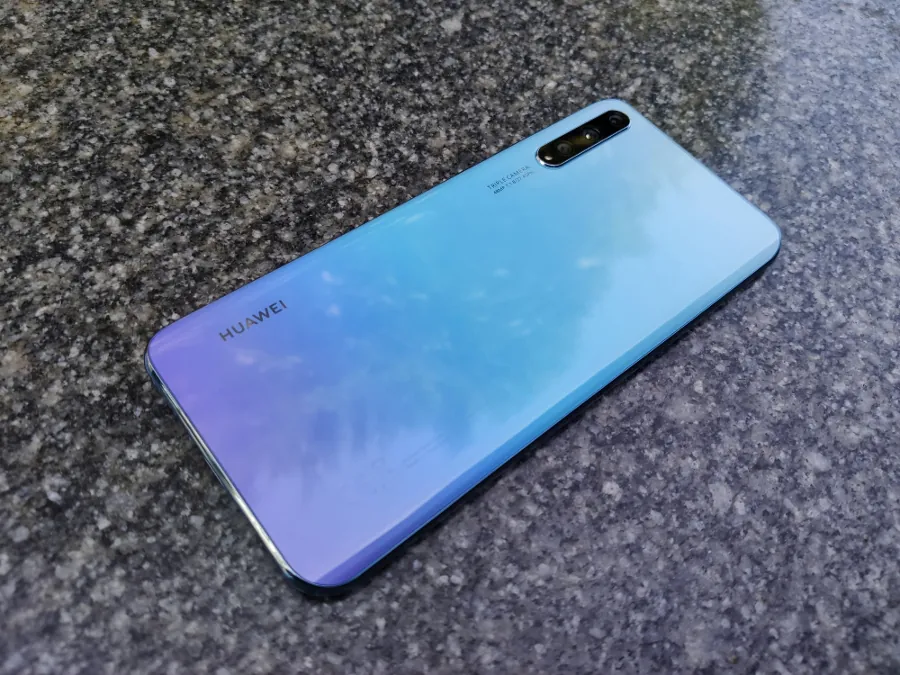
Software
The P smart S uses the EMUI shell (version 10.1.0), based on Android 10. Huawei Mobile Services replaced Google services, and instead of the Play Market we have Huawei AppGallery. Surely many are interested in the question of whether there is life without Google on Huawei smartphones, and I am happy to say yes, there is. But it is a bit different.
Firstly, there are many alternatives to Google services. Yes, they look a little different, not always as fast and convenient as linking to a Google account, you will have to spend some time to find the best tools for yourself, but it’s all a matter of habit. Using other services is not as difficult as it might seem at first glance. Unless you are a die-hard conservative, of course.
It should be understood that most of Google’s services can still be used. Here browser versions will come to the rescue: Google Drive, YouTube, Gmail and others like them. For convenience, you can display the browser link in a shortcut on the desktop and have quick access. In addition, some applications work, for example, Google Maps. You can install it through the MoreApps application, which can be found in the AppGallery. Not all functions are available, but the main ones work okay.
Also, you can pull up Gmail, contacts and calendar from your Google account to your smartphone using a third-party client, for example MS Outlook for Android. And applications missing in AppGallery can be installed from alternative repositories, for example, APKPure or APKMirror. In fact, all applications and games work here, except for those that are strictly tied to interaction with a Google account.
Read also: Top AppGallery games for Huawei and Honor smartphones
As for YouTube Music, the mobile browser version of the music service on a Huawei smartphone is not the most convenient. You have access to your account and playlists, but, for example, there is no way to rewind a song, like/dislike it, and, of course, listen in the background. But Huawei has taken into account the needs of music lovers too, offering 3 months (instead of usual one) trial of Deezer, a well-known French streaming service. In my opinion, it’s not the worst solution.
In general, this whole situation with Google and Huawei shows how much we have become dependent on products of a particular brand, be it Google, Apple, or Microsoft. But we live in an era of rapid change, so maintaining flexibility is useful not only for business (of which Huawei is a good example), but also for ourselves. I don’t know about you, but I have deep respect for Huawei. Having found itself in a rather difficult situation, the company offers non-standard solutions so that its clients don’t suffer.
Battery life
The P smart S battery has a capacity of 4000 mAh, the average. The device goes through a day of active work without issues, but if the intensity is reduced, you’ll get to squeeze two working days out of it. Of course, there are all sorts of energy-saving features, such as “smart” display resolution.
On the other hand, I have suspicions that the absence of Google services contributes to the longer battery life. But this is only a theory that is difficult to confirm. Perhaps a good balance between software and hardware plays a big role here. Charging here is usual, 10-watt, so you will have to wait almost a couple of hours to fully charge the smartphone.
Read also: Huawei Watch GT 2e smartwatch review — Style and substance in a trendy package
Cameras
Huawei P smart S has a good set of cameras:
48 MP, f/1.8, 27mm (wide), 1/2.0″, 0.8µm, PDAF
8 MP, f/2.4, 120˚ (ultrawide)
2 MP, f/2.4, (depth)
But numbers are numbers, but software also decides a lot. In this case, AI, which usually performs great in Huawei smartphones. With its help, you can save almost any photo, except for the most disastrous ones. Although there are people who dislike the AI manipulation, saying that such photos lack authenticity. I respect this opinion, but personally I have nothing against software improvement of the photo. Living in the “era of Instagram”, when everything is not the way it really is, lies on the screen has become commonplace. Nothing prevents you from turning off the software enhancement and completely relying on your photographic skills.
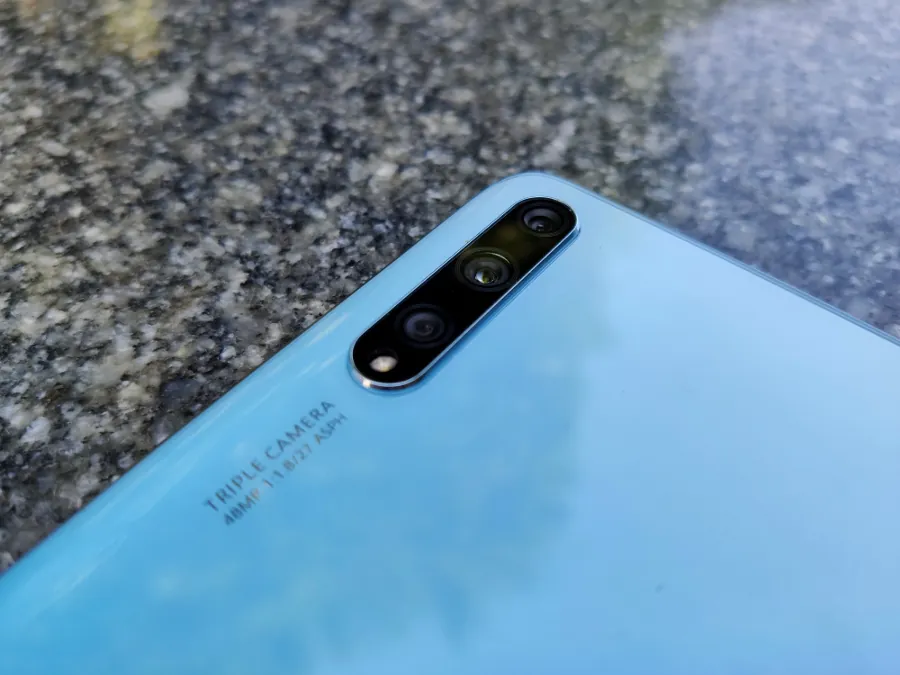
So what do we have? The main 48-megapixel camera is a versatile fighter for any type of shooting. During the day and with sufficient artificial lighting, it shows an impressive result. However, night shooting is also not impossible. In standard mode, it is difficult to achieve a high-quality night photo – detail suffers, textures are smeared and there is not enough clarity. But the night mode makes it so much better. The trick of night shooting is that the camera takes a series of shots (therefore, you need to hold the smartphone as still as possible for 3.5 seconds), brings the result into a single pic, spices it up with software processing, and at the output we get a rather sharp and clear photo. Let’s see how it works. This is how you can shoot in standard Photo mode during the day.
The usual “Photo” mode at night shows a rather mediocre result.
Photos in the with the “Night” mode look much sharper.
PHOTOS IN THE ORIGINAL RESOLUTION
The wide-angle sensor is quite ordinary. The 120° field of view allows you to capture more space in the frame, with very little distortion in perspective. In the daytime you can work with it and get quite good pictures, though, in my opinion, with not very high contrast, but for night photography it’s not the best. In low light, all possible flaws become obvious.
In addition to the standard “Photo” and “Night” modes, there are panoramic and manual modes, “Live Photo” and High-Res. All this can be found in the “More” section. The HDR mode was also brought here, although, as for me, it would be more convenient if it could be accessed from the main screen. By the way, there are also “Portrait” and “Aperture” modes, which help improving the appearance and changing the intensity of the bokeh effect, and a more detailed adjustment of the background blur by manually changing the aperture. The main cameras allows you to shoot video in 1080p and 60 fps, as well as slow-motion and fast-motion shooting.
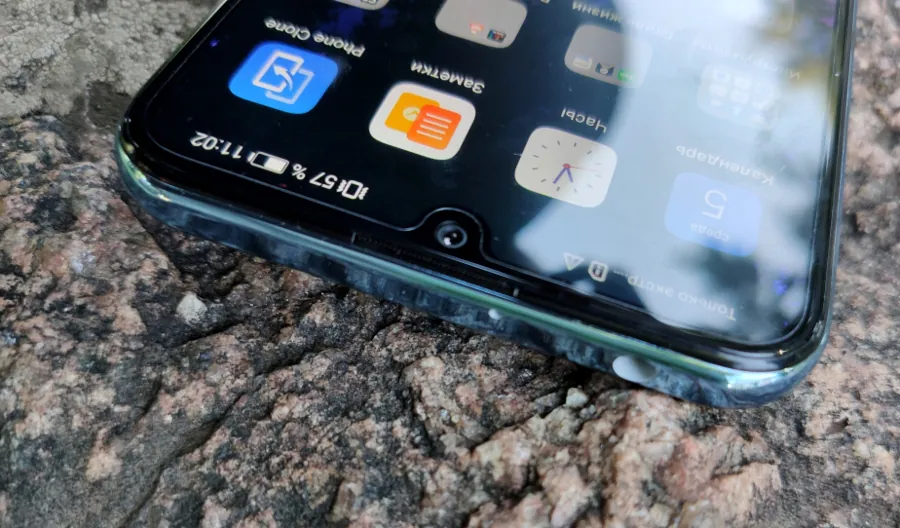
The selfie camera, in turn, is represented by a 16-megapixel sensor with an f/2.0 aperture. For self-portraits, there are also beautification and filters, and the video is shot in the same format as the main sensor (1080p), but only at 30 fps. In general, it can take pretty decent selfies, but of course the lighting will be the deciding factor.
Sound
With the sound everything is very standard. The external speaker is loud, you definitely cannot miss an incoming call, but it is not suitable for listening to music. At an average volume level, the sound was still all right, but at the maximum volume there are noises. But with headphones, even with wired ones, even with Bluetooth, there are no problems.

Verdict
Huawei P smart S is a very, very decent smartphone for its price. For just a little over $200 you can get excellent performance, an OLED display with an in-screen (albeit not the fastest) fingerprint scanner, decent battery life, good cameras, and contactless payments. The only drawbacks here are the lack of fast charging and a combo slot.
Although, of course, there are those users for whom the absence of Google is a deal breaker. For them I’ll just say that there is life without Google. And while skeptics watch the brand from the outside, Huawei is persistently pursuing its goal – creating ambitious devices and services in spite of any obstacles.
Read also: From Shell to Platform. What the Future holds for Huawei

Subscribe to our accounts:


